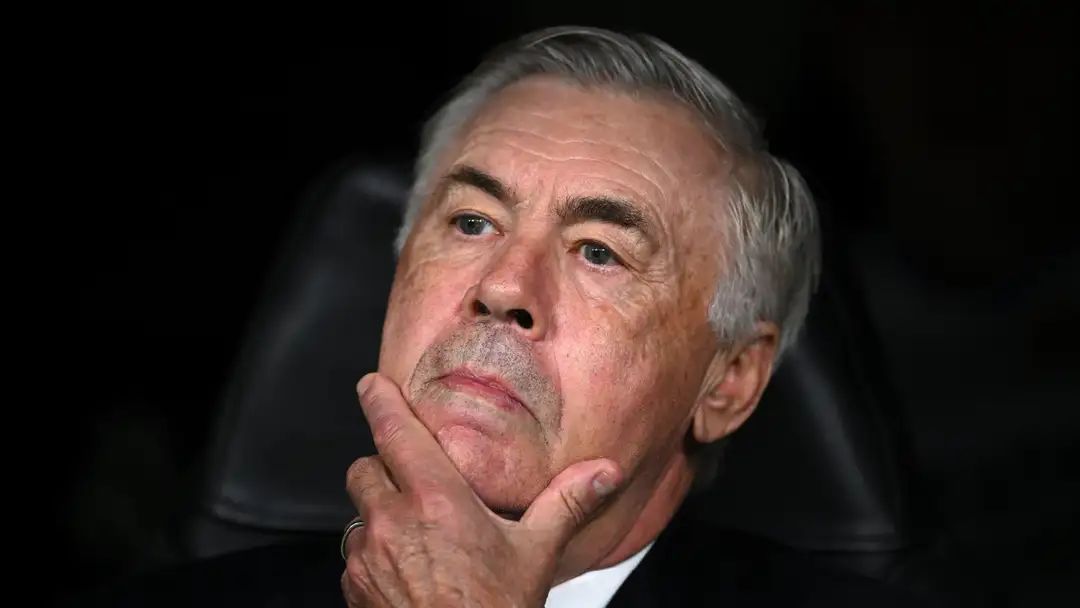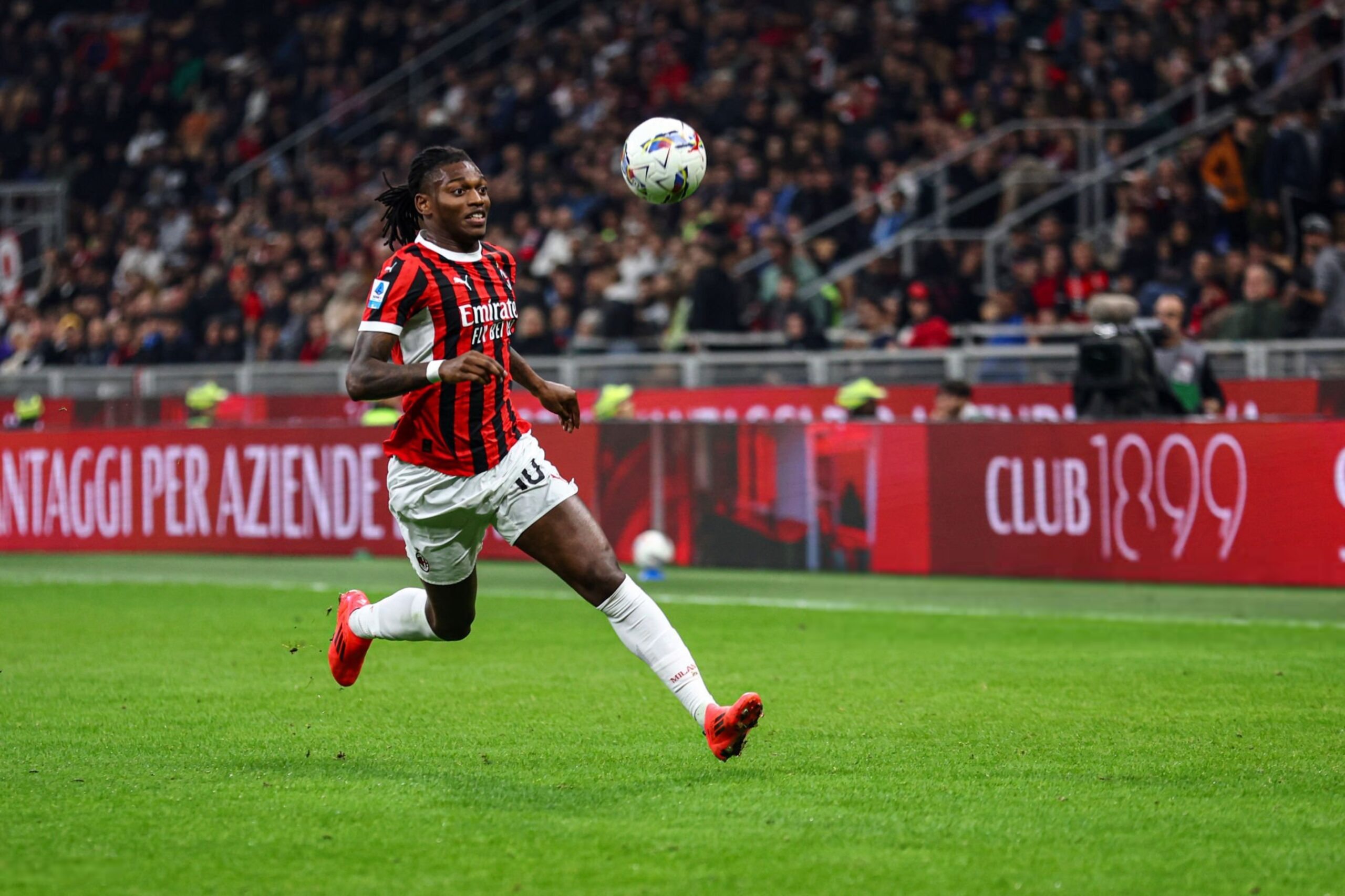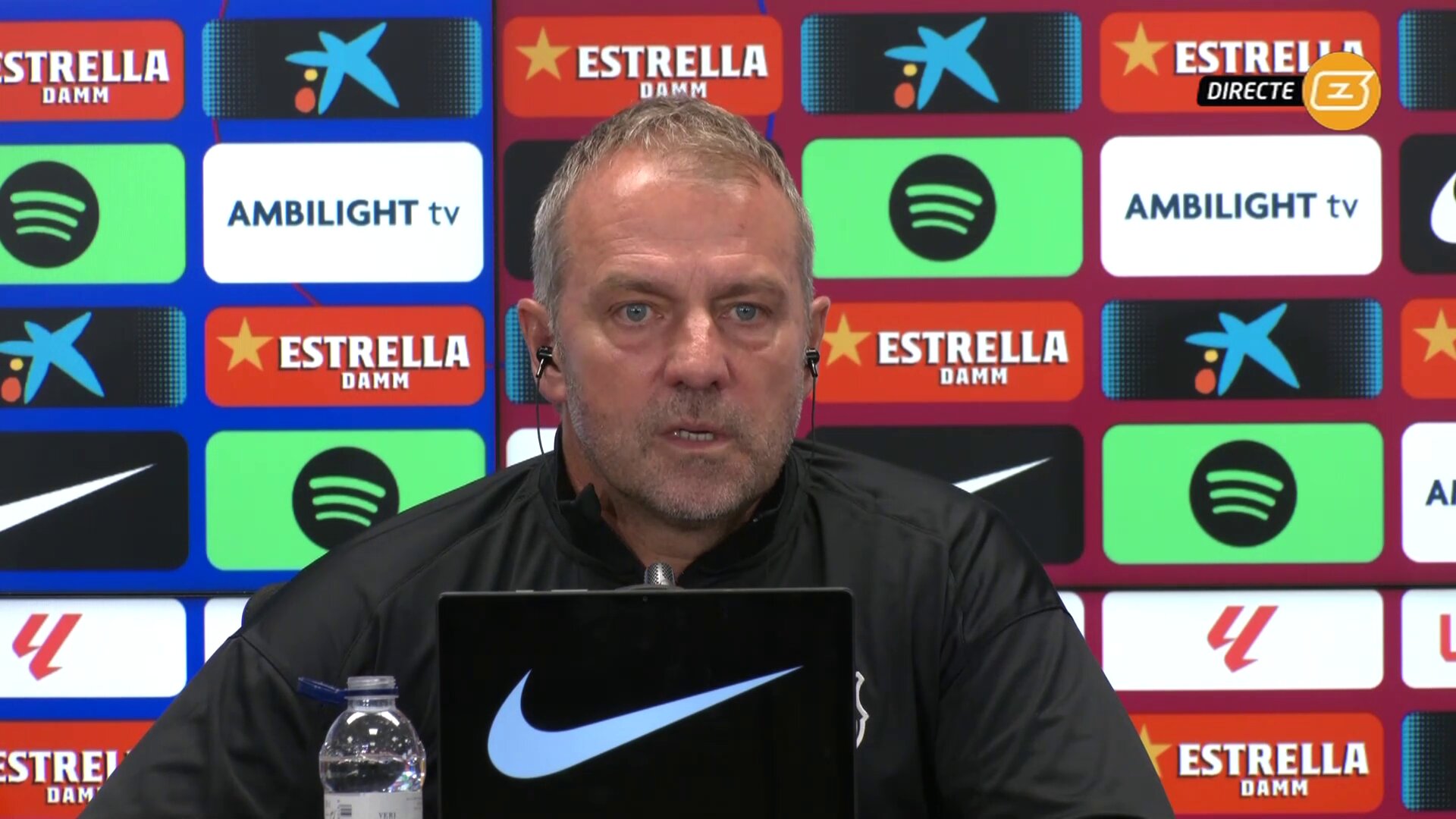Just as much as what you see and hear in every narrative, the absence of what is not there plays an equally large role in making it seductive, intriguing, or shocking. When Robert Lewandowski, Raphinha and Lamine Yamal vacuumed the sound out of the Santiago Bernabeu on Saturday night, punctuated solely by the shouts of a few Barcelona fans meant to be hidden in the corner, that silence and everything you feel with it is one that few other spectacles can replicate.
On reflection, Carlo Ancelotti might have taken the moment to close his eyes and appreciate it. Since before the final whistle in El Clasico, he has faced a wall of sound, from keyboard to headline to radio station, all indignation and reproach. If you take one conclusion from this week’s coverage in Madrid, it should be that President Florentino Perez is fed up. The bespectacled Caesar has thumped the big red button, and the machines of pressure, from which Ancelotti had been as free from as any Real Madrid manager, can be heard between the lines.
Ancelotti is not blameless, but to think Real Madrid would be rid of all their issues if Xabi Alonso were there instead, is a simplification that will create more problems than it would solve. The first thing to say is that despite being mugged off by Inigo Martinez and Pau Cubarsi for most of the match, Ancelotti had it right. His plan was working in the first half.
There was no Carlo Ancelotti cigar at the Santiago Bernabeu. Instead, we got Wojciech Szczesny smoking a cigarette. #FCBarcelonapic.twitter.com/9CO1GftNqj
— Football España (@footballespana_) October 27, 2024
The unorthodox positioning of Eduardo Camavinga and Jude Bellingham created three clear chances in the first half for Real Madrid, while Barcelona threatened, but only really broke through once. Barcelona couldn’t find rhythm, nor launch their lethal counters effectively, with Raphinha’s runs starved of service. Even if Real Madrid struggled to spring the backdoor open often – they only need to catch them once, said Madridistas hungrily – it did happen thrice.
Where Ancelotti was outfoxed, and where Real Madrid were left chasing their tail, was with the entrance of Frenkie de Jong. The Dutchman changed the dynamics, and while Fermin Lopez functioned as second forward, introduced to empower Barcelona’s press, de Jong delivered domination – three against two with Pedri, Marc Casado against Aurelien Tchouameni and Fede Valverde. Failure to react in time cost Real Madrid not just a bloody nose, but pummeling that has left more lasting effects on egos.
Criticism for Ancelotti is more than justified, and beyond the Clasico, it’s true that they’ve looked vulnerable, without necessarily bringing big enough weaponry to the fight to scare many teams into a more conservative approach. He himself has admitted that he is yet to work out the formula for magic. What is lacking from that criticism is solutions.
Volveremos como siempre! Somos El CLUB MÁS GRANDE ya lo sabéis!! pic.twitter.com/IACiwTMLJT
— Vini Jr. (@vinijr) October 27, 2024
Where would Ancelotti have turned to alter Real Madrid’s style, which pieces should he have introduced? Luka Modric and Arda Guler might have delayed and disguised their passes better to beat the offside line, but both would likely have been isolated by Barcelona without the ball, and setting either to the task of keeping Alejandro Balde quiet would have earned Ancelotti just as much derision. Outside of that, Brahim Diaz is just off the back of two months out. Dani Ceballos is equally familiar with the treatment table, and has just nine starts in the last two seasons.
The ex-Real Betis midfielder, alongside Modric, is one of two players in the squad that have shown an ability to direct traffic in midfield, before addressing the physical and situational factors. Real Madrid’s strategy of not recruiting profiles but top players has served them well, and better than most other top clubs, but Ancelotti has been one of the reasons that has not hindered Los Blancos too much over the last three seasons. Losing Toni Kroos was the tipping point.
What Modric and Kroos have provided so well for Real Madrid, amongst a generation of terrifying athletes, gifted forwards and lethal competitors, is referred to simply in Spain as ‘futbol’. Earlier this season Ancelotti was asked about his repeated statements that he is looking for a faster and more direct side, and his justification was quite simply that ‘we don’t have players for small spaces’, an unusually damning indictment of his own squad. While Brahim, Vinicius and Rodrygo Goes might start a bar fight over that statement, all of those players are in the final third, and the problem all season, and in the Clasico, is getting the ball to them. Tchouameni, Camavinga and Valverde are blessed with special quality, but none would be signed by another top team as their point guard.
— Frenkie De Jong Out Of Context (@DeJongOoc) October 30, 2024
It’s not just Kroos either. As Real Madrid fans awaited their trademark comeback last week, or against Lille, or tried to hold out against Atletico Madrid, they lacked an unlikely hero. Nacho Fernandez was far from perfect, but he was a leader, and Dani Carvajal is gone through injury now too. Over half of Jude Bellingham’s goals in La Liga last season came with Joselu Mato on the pitch, and his presence to tie up backlines late on is being sorely missed. Given Mbappe’s best form for France has always demanded Olivier Giroud ahead of him, he too is probably frowning at the big 6’3 German-Spanish hole left by the former Alaves man.
Even renowned fitness coach Antonio Pintus has caught some heat. His deliberate method of training Real Madrid to have two fitness peaks, one in November-December and one in March-April, has paid clear dividends. In six years across two spells, Los Blancos have collected four Champions Leagues, results clear of all competitors. In La Liga, it’s ‘just’ three, below expectation at Real Madrid, and a strategy that has clashed with domestic consistency. Last year, Real Madrid hit that second peak with a lead in La Liga, sustained by an Ancelotti decision.
#RealMadrid are now open to allowing Aurelien Tchouameni to leave the club. (Relevo) #LFC pic.twitter.com/RqlePrvWFe
— Football España (@footballespana_) October 31, 2024
The move to use Bellingham as a ‘llegador’ or arriver, was a stroke of genius that covered for an unevenness in last season’s squad. It made Real Madrid much better than they were supposed to be, in a season which began with Barcelona as favourites to retain the title. Quietly, and away from prying ears, Ancelotti might be looking at Pep Guardiola, Luis Enrique, or Mikel Arteta and wondering why every other top manager gets at least two players for every role. This year he has been left without a number nine, controlling presence in midfield, or much in the way of a natural width. It doesn’t help when Flick is inventing multiple Sergio Busquets successors out of thin La Masia air.
If anything, Ancelotti has managed too well for his own good. He lacks the leverage in the club offices. His flaws have been exposed this season, but Real Madrid know Ancelotti just as well he knows them. And they should have known that he would not hold them to account in the same way many other top coaches might, for better or worse. None of this will matter come the end of the season, or to Ancelotti’s job security, but let the record not be defined by what is not in it.




